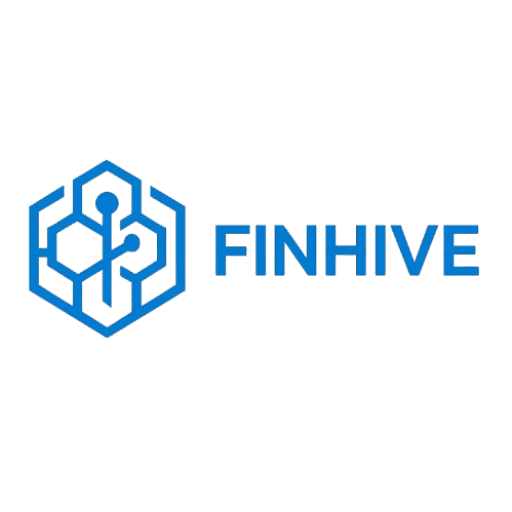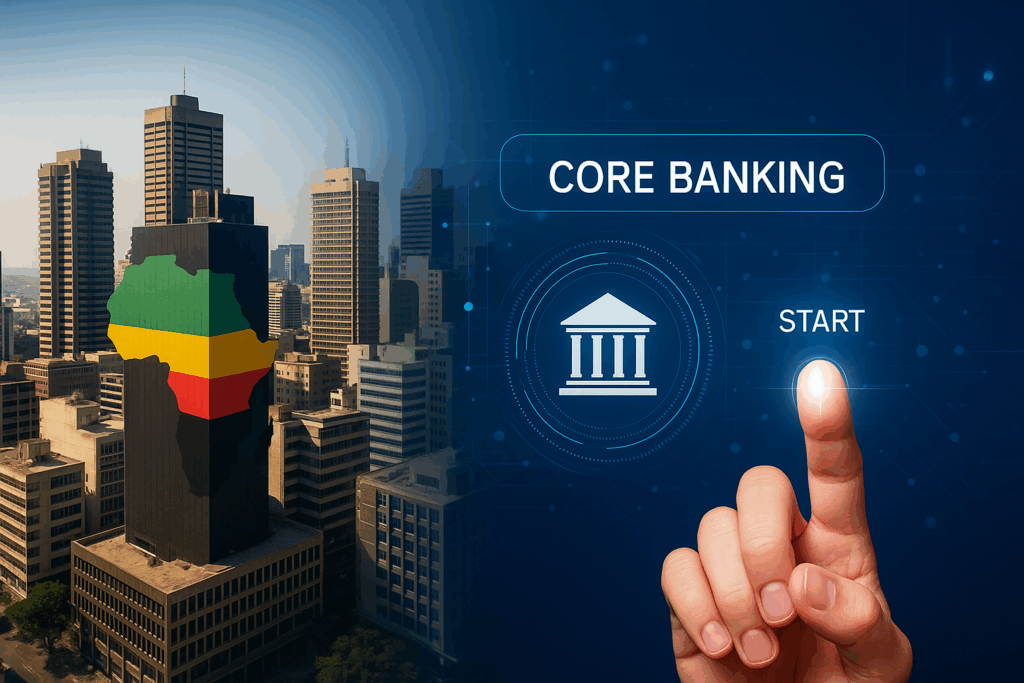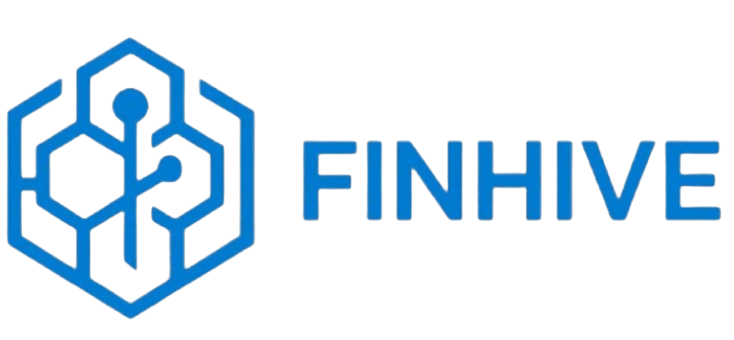The Digital Imperative
African banking stands at a critical juncture. Driven by a burgeoning young population equipped with smartphones, today’s consumers demand instant account opening, real-time payments, personalized financial products, and seamless user experiences across digital channels. Meanwhile, fintech startups and telecom-operated mobile wallets are rapidly capturing market share, eroding traditional banks’ deposits and transaction revenues. Compounding these pressures, regulators now mandate compliance with international standards such as ISO 20022 messaging, open APIs, and stringent cybersecurity protocols. Legacy banking cores, designed decades ago for branch-based operations and overnight batch processing, are ill-equipped for these modern demands.
Gartner forecasts Africa’s core banking software market to exceed USD 4.5 billion by 2031, signaling robust double-digit annual growth. Yet, despite this promising trajectory, a McKinsey study highlights that only 30% of complete core system replacements are delivered on time and within budget. With these risks and opportunities converging, African banks face critical decisions on selecting the optimal pathway toward digital modernization.
Four Paths Toward a Digital Core
1. Fully Replace the Core
A comprehensive, or “big-bang,” replacement entails removing existing legacy systems entirely and deploying a new core banking platform in one go. While conceptually appealing, this approach demands extensive preparation—often spanning multiple years—with massive data migration, rigorous testing, and contingency planning. The inherent risks are significant, including extended downtime, substantial capital outlays, and potential disruption of customer services in the event of unexpected failures. This approach often becomes prohibitive due to its complexity and associated risks.
2. Journey-Led Progressive Digitalization
Also known as gradual modernization, this incremental strategy involves systematically upgrading specific core functions or modules, such as deposits, payments, or lending, in phases. Although it mitigates risks compared to full replacement, the phased approach requires robust governance, significant middleware integration, and sustained management oversight. Without careful coordination, banks risk creating fragmented environments of point solutions, potentially increasing complexity rather than reducing it.
3. Greenfield Approach
Under the greenfield model, banks establish entirely new, standalone digital subsidiaries built upon cloud-native platforms, leaving legacy systems operational for existing customers. While fostering rapid innovation and flexibility, this dual-system strategy can result in duplicated costs and fragmented customer experiences. Banks adopting this model must manage parallel platforms indefinitely, complicating IT management, data synchronization, and regulatory compliance.
4. Fusion Model – Murong’s Hybrid Breakthrough
Murong Tech introduces a pragmatic alternative—the Fusion Model—which intelligently blends incremental optimization of existing systems with targeted greenfield innovation. Rather than replacing legacy systems outright or duplicating infrastructures, Murong’s Fusion Model selectively modernizes core capabilities such as ledgers, payments, and compliance modules in situ, while simultaneously developing new digital-first services on a seamlessly integrated cloud-native layer. This coexistence ensures rapid innovation and consistent omnichannel experiences, minimizing disruption and maintaining critical legacy system compatibility.
Why the Fusion Model Wins in Africa
Early Wins, Minimal Disruption
With Murong’s Fusion Model, African banks can rapidly launch compelling digital products, such as mobile wallets or instant loans, within months rather than years. Simultaneously, the stability of existing operations and customer interactions remain undisturbed. By delivering quick wins, banks build momentum and demonstrate tangible value to stakeholders, further securing organizational buy-in.
Seamless Omnichannel Experiences
Murong’s unified integration framework ensures consistent customer journeys across all touchpoints—branch networks, ATMs, USSD codes, online portals, and mobile apps—all synchronized from a unified data core. Customers experience seamless interactions, while banks gain enhanced visibility and analytics capabilities, improving both customer satisfaction and operational efficiency.
Optimized Financial Investment
Unlike traditional big-bang migrations that demand extensive upfront financial commitment, Murong’s Fusion Model strategically allocates resources to targeted modernization initiatives. Banks avoid blanket expenditures, directing capital to high-impact improvements. This disciplined investment strategy enhances ROI, reduces financial risk, and aligns technology spend with immediate business value.
Leveraging Existing Talent
Change management remains one of the biggest hurdles in digital transformation. Murong’s Fusion Model allows existing teams to leverage their current expertise to maintain legacy systems, while agile squads simultaneously develop and refine new digital services. This approach minimizes disruption to personnel, builds internal capabilities, and accelerates organizational adaptation to digital-first cultures.
Future-Proof and Scalable Architecture
Murong’s platform employs microservices, open APIs, and containerization, laying a foundation capable of swiftly integrating emerging technologies like artificial intelligence (AI), blockchain-powered central bank digital currencies (CBDC), advanced analytics, and new payment rails. This flexible, future-proof architecture ensures banks can adapt rapidly to evolving market demands and regulatory requirements.
Overcoming Common Modernization Challenges
Resolving Legacy Data Complexity
African banks often grapple with fragmented, legacy databases. Murong addresses this critical challenge by deploying AI-powered Extract-Transform-Load (ETL) tools and ISO 20022 mapping templates, significantly enhancing data migration accuracy—often exceeding 99% data accuracy prior to full cut-over.
Tackling Connectivity Constraints
Connectivity issues persist across many African markets, particularly in rural regions. Murong employs lightweight, edge-based containerization solutions that enable offline transaction processing and subsequent synchronization when connectivity resumes, ensuring uninterrupted service availability.
Alleviating Regulatory and Stakeholder Concerns
Regulators and stakeholders frequently express concerns regarding financial stability, security, and compliance during digital transformation projects. Murong’s Value Acceleration Framework comprehensively quantifies expected ROI, documents risk management protocols, and clearly communicates benefits, streamlining the approvals process with both regulatory bodies and internal stakeholders.
Preparing for Tomorrow’s Banking Ecosystem
Modern core banking solutions are no longer mere transaction processors; they are evolving into comprehensive ecosystems. Cloud-native microservices reduce infrastructure costs and enhance scalability; embedded analytics and AI drive real-time fraud detection, sophisticated credit scoring, and hyper-personalized product offerings. Soon, generative-AI tools will enable banks to swiftly conceptualize and launch new financial products from intuitive, plain-language descriptions.
By embracing Murong’s Fusion Model today, African banks will position themselves to seamlessly integrate future technologies and market innovations, achieving rapid responsiveness and sustained competitive advantage.
Call to Action
Modern banking demands innovative infrastructure solutions—but innovation need not require complete infrastructure upheaval. For financial institutions seeking a practical, agile, and regulator-approved modernization journey, Murong Tech’s Fusion Model offers the optimal pathway.
Discover how your bank can accelerate its digital transformation while safeguarding existing investments. Reach out to info@finhive.africa or visit https://murongtech.com/en/ and begin your strategic modernization journey today.


